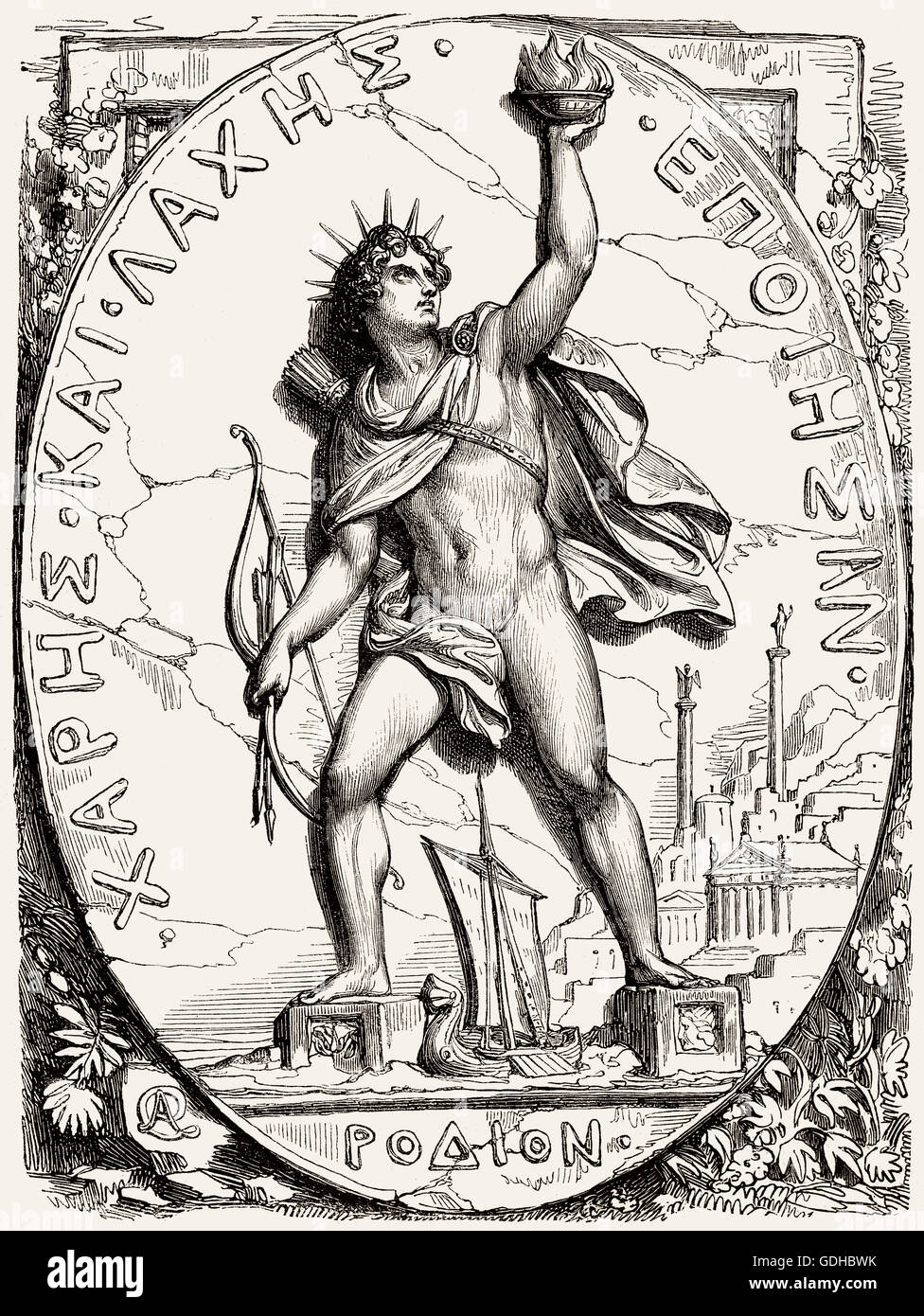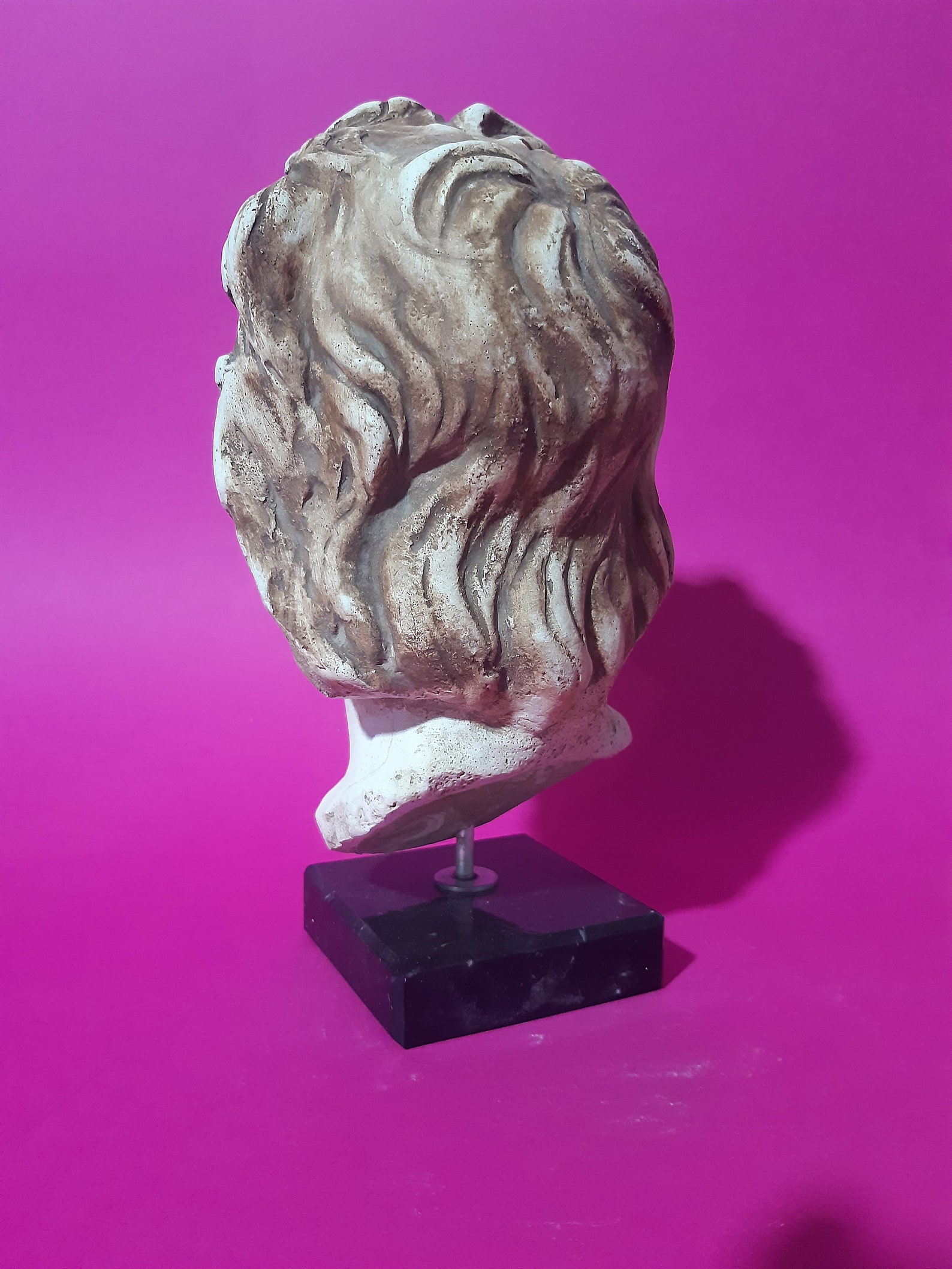
The inlaid eyes, now missing, would have intensified the god's daunting appearance. Combining Classical and baroque grandeur, the 35-inch-tall head showcases the eclectic style of the period. The enormous head and left arm (about three times larger than life-size) have been associated with a cult statue of Zeus, the work of an Athenian sculptor named Eukleides, which the traveler Pausanias saw in one of the city's sanctuaries in the second century A.D. Among them is the fragmentary acrolithic statue of Zeus from Aigeira, a small town in northwestern Peloponnese (fig. Antikensammlung, Staatliche Museen zu Berlin (Sk 1675)īeyond Pergamon, a revival of the Pheidian style is evident in a number of colossal statues of gods made by sculptors active in Athens and the Peloponnese during the second century B.C. Discovered at Pergamon, in a late wall in Room H of the gymnasium, 1906. Colossal head of Herakles, 1st half of the 2nd century B.C.

The presence of Herakles in a gymnasium was quite appropriate, but the hero had special ties to the Attalids, who were linked to Herakles and Zeus through Telephos, their legendary founder and son of Herakles.įig. His cauliflower ears and swollen nose, known from representations of boxers and other athletes, allude to Herakles's legendary strength and athleticism, while the figure's deeply set eyes, open mouth, and upward gaze are signature stylistic traits of the Hellenistic baroque. 2), which once belonged to a colossal seated statue of Herakles set up as a dedication to the hero next to portrait statues of the Attalid kings in military dress. It may represent a youthful god such as Helios (Sun) or even Alexander the Great, and belongs to a type of sculpture known as tondo, or shield-framed image ( imago clipeata), which was widely employed in Roman and, later, European portraiture.Īnother work from Pergamon's Gymnasium is the double-life-sized marble head of Herakles (fig.

Originally the bust was set in a roundel almost four feet in diameter, one of many roundels adorning the main hall of the Gymnasium of Pergamon. In addition to the sensual facial features, strong bone structure, and long, curly hair, the figure is imbued by a dramatic intensity expressed by the turn of the head and the slightly open mouth. 1), despite its fragmentary state, is among the finest surviving sculptures from Pergamon. Located in the same gallery, the emblematic marble bust of a young man (fig. The Attalid kings admired Classical painting and sculpture, and this impressive Athena is the best-known example of Pergamene Classicism. It preserves part of the relief that decorated the base of Pheidias's statue and illustrated the birth of Pandora, the creation myth of the first woman on earth, all endowed by the gods as her name suggests. The back of the Pergamene statue is cursorily carved and only one block of its base survives. This is where Pergamon's famous library was located, adorned with, in addition to the Athena, statues of illustrious literary figures of the past such as Homer and Herodotus. The statue was discovered behind the north stoa of the Sanctuary of Athena Polias Nikephoros (Athena of the City and Bearer of Victory), Pergamon's patron deity, which stood at the center of the citadel.
#Helios statue free
At almost 12 feet high (3.51 meters, including the base), it is a scaled-down, free adaptation of Pheidias's Athena Parthenos, which stood inside the Parthenon and measured approximately 40 feet tall. The towering presence of the marble statue of Athena Parthenos, newly restored for the exhibition, greets visitors upon entering the third gallery (fig.

One can get an idea of both these lost works in the exhibition Pergamon and the Hellenistic Kingdoms of the Ancient World, on view through July 17, which includes not one but four colossal statues-that is, at least twice life-size-all created during the second century B.C.

and was considered one of the Seven Wonders of the Ancient World. Two famous colossal statues of Herodotus's time were Pheidias's awe-inspiring, gold-and-ivory cult statues of Athena Parthenos on the Acropolis of Athens (dedicated in 438 B.C.) and Zeus Olympios at Olympia, which was completed around 430 B.C. The ancient Greeks called them kolossoi, a word first used by Herodotus to describe the massive stone statues of Pharaonic Egypt. "The exhibition's scale and scope are colossal indeed, it even contains something of a colossus, a ten-foot-high marble image of Athena. A view of one of the galleries in the exhibition Pergamon and the Hellenistic Kingdoms of the Ancient World


 0 kommentar(er)
0 kommentar(er)
